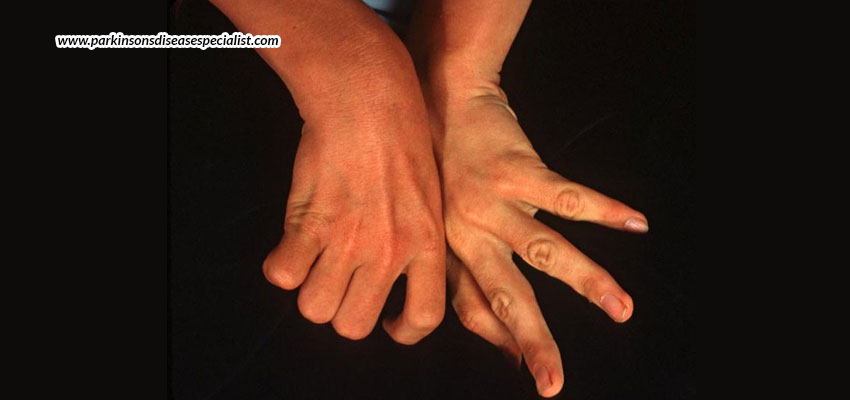
09 Apr Are You Facing Dystonia In Your Hands?
Dystonia highly affects the hands, and then other parts of the body like legs, face, neck, jaws, etc. Hand dystonia is very annoying and frustrating because it leads to functional diability of the hands. What causes this is the disorder of motor control characterized by excessive muscle contractions that produce involuntary movement like shaking. This makes it difficult for patients to execute even the simplest of everyday activities like holding a cup, tying shoe laces, and buttoning up a shirt. Almost one in every 2000-2500 people is detected to have this form of dystonia.
Types of dystonia
Dystonias could be of various types, each depending upon the age of onset, affected part, etiology, and the tempo; as mentioned below.
- Age of onset – Dystonia that begins before 27 years of age is termed as childhood onset dystonia which affects the lower limbs and trunk. The ailment that begins after this age is termed as adult onset dystonia which affects the upper half of the body.
- Affected part – Dystonia that affects only a single body part is termed as focal dystonia; and that which affects more than one part is termed as multifocal dystonia. Hemidystonia is that which is generalized.
- Etiology – Dystonia when is the main sign of ailment is known as primary dystonia; and that which is accompanied by another disease manifestation with an identifiable cause is known as secondary dystonia.
- Tempo – Dystonia can be constant, situational, or intermittent, depending upon its tempo.
Symptoms of dystonia
The initial diagnosis of dystonia involves excessive tightness in the muscles that activates the surrounding muscles, producing abnormal movement. Starting from there, dystonia could worsen or stay stagnant. Patients experience discomfort, dexterity, and fatigue in their hands. Initially, dystonia could affect certain task-related activities, but later it may become less specific and impair other motor activities too. Almost 15% of primary focal hand dystonia are seen to spread and become generalized within 8 years of the symptom onset. This could be because of the oversuse syndromes or due to excessive muscle activity from the initial dystonia. Some of these dystonias include dopa-responsive dystonia, and dystonia due to genetic defect on chromosome 9. Other most common dystonia types include –
Writer’s cramp – This dystonia is seen to be onset in 38 years of age, which is seen with the patient having an abnormally tight grip while writing. This could also include excessive finger and wrist flexion, forearm pronation, humeral abduction, and tremor.
Musicians’ cramp – This dystonia refers to hand task-specific dystonia during instrumental performances, which causes abnormal posturing and inability to carry out specific performances. Musicians facing this ailment can play any different instrument without difficulty, but their own specific instrument may give them problems. As a result, many artists lose the ability to perform at a professional level!
Treatment of dystonia
Patients could be given oral medications like baclofen or anticholinergics, or injections of botulinum toxin to denervate muscles that can reduce symptom severity. If all of this also doesn’t resolve the issue, patients are then prescribed to undergo surgery like deep brain stimulation. If you are undergoing any such dystonia ailment, you are advised to approach Dr. Shivam Mittal for the best kind of genuine dystonia treatment in UAE, where you will be provided medications, injections, or surgeries, depending upon your condition.







